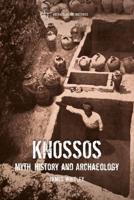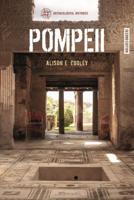Publisher's Synopsis
Boundaries exist because people interact. These interactions become embedded in material culture, and from production until discard, people use objects to create, reinforce, and dispute socio-cultural boundaries. This volume seeks to challenge and transform how archaeologists define socio-cultural boundaries by reconstructing interactions through the assessment of various materials using an array of analytical techniques. During the Late Neolithic (5000-4500 BC), the communities of two major archaeological cultures, the Tisza and the Herpály, occupied the Great Hungarian Plain. These groups, traditionally defined based on the presence and absence of certain material traits, have long been reified in the archaeological literature. This study illustrates that group affiliation cannot solely be defined by material traits but rather by the degree of connectivity between sites. Based on the analyses conducted on archaeological materials from 12 Late Neolithic sites across the Great Hungarian Plain, an actively enforced socio-cultural boundary can be modeled between the Tisza and Herpály archaeological cultures. This research has far reaching implications for how archaeologists can view interactions as a way to measure, reconstruct, and model socio-cultural boundaries throughout time and space.











